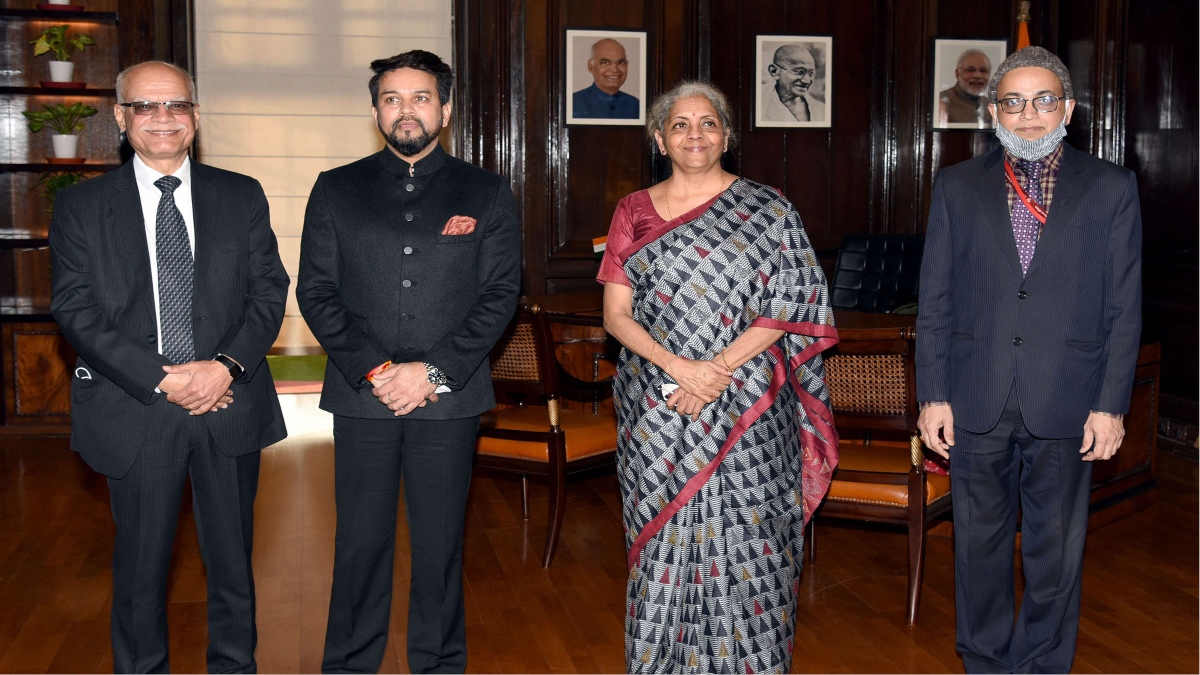The year 2020 has come and gone but the challenge of Covid-19 remains. Economically, the impact has been devastating across the globe and everyone is hoping for a better time in 2021 and 2022. The global pandemic has been abysmal for the global economy, with it impacting about 184 countries or over 90% of the world. Countries continue to grapple with containment strategies, with the most prevalent being lockdowns—especially after the second wave (as Europe is seeing). Both the IMF and the World Bank have predicted recession across most economies with global GDP growth plunging into negative territory. The Chief Economist of the International Monetary Fund (IMF), Gita Gopinath, predicts that the cumulative loss over 2020 and 2021would be around $9 trillion.
Economists project post-Covid economic consequences in the three primary scenarios of a ‘V-Curve’, a ‘U-Curve’, or an ‘L-Curve’. The first (V-Curve) predicts a quick and sharp upward recovery where the growth plunge is followed by an equally sharp recovery; the second (U-Curve) indicates a slow and painful recovery (this, according to many experts, is the most likely scenario); and the third (L-Curve) expects a continuing and sharp economic decline that does not see recovery for many years. Several economists predict this as the scenario for those emerging markets which are less able to engage big stimulus packages and often rely on commodity exports. Some are also talking of a ‘K-Curve’, where only some sectors (like digital, for example) recover, while others continue to go downhill.
The recently published Economic Survey by the Finance Ministry in India (prior to the Budget) says, “Real growth rate for FY21 is taken as -7.7 per cent (MoSPI) and the real growth rate for FY22 is assumed as 11.5 per cent based on IMF estimates”. The survey projects a ‘V-shaped’ recovery across all key economic indicators. That is very good news. Fortunately, the news from the health end matches this. First, since 16 January this year, the ‘world’s largest inoculation drive’ has been launched in India and we have two major vaccines, Covishield and Covaxin, that thousands are receiving across the country—over 37 lakh beneficiaries have already got their first shots. Second, the pandemic management itself has been exemplary. For instance, in Delhi, where there had been about 8,500 Covid cases in a single day in November—the highest in any city in the world—not only has the number of cases decreased, but the positivity rate has fallen below 0.5%! All over India now, there is very low transmission of the infection and things are looking up. After 68 days of a very hard lockdown last year, we saw a graded plan to reopen businesses that has kicked in with a Rs 20 lakh crore economic package to jumpstart the economy. India’s economic stimulus package, which was initially around 10 per cent of its GDP, has been subsequently raised to 15 per cent, and more is expected in the coming Budget.
From the upcoming Budget, not only is there an expectation of more funds to ensure economic recovery, but also for more funding for health, education and defence. This demand for greater social sector allocations comes before every Budget but what we really need to ask ourselves is how the existing allocations for health and education have been spent. Have they been optimal and best utilised? These are difficult questions, but in addressing them we may find that our existing structures of governance need tweaking too.
There is also expectation that the Prime Minister’s vision of an Aatmanirbhar Bharat or self-reliant India will be furthered. This is clear and important with the government playing a sterling role as facilitator and the ease of doing business continuing to improve. A further focus on manufacturing and the ‘Make in India’ initiative across the identified 25 sectors would also go a long way, especially post-Covid. SMEs and vulnerable groups need assistance. This also implies that the road to further economic reform would continue including incentives for greater digital adoption.
There are obviously those that feel that a V-shaped recovery is doubtful, seeing the results of 2020-21. However, the expected recovery matched in the Budget with the need for rationalisation of taxes and import duties remains imperative to ensure further trade facilitation that supports the economic recovery that the country desperately needs.
The writer is a former Secretary to Government of India and ex-Secretary General of FICCI. The views expressed are personal.
The recently published Economic Survey by the Finance Ministry in India projects a ‘V-shaped’ recovery across all key economic indicators. That is very good news. Fortunately, the news from the health end matches this. First, since 16 January this year, the ‘world’s largest inoculation drive’ has been launched in India and we have two major vaccines, Covishield and Covaxin, that thousands are receiving across the country—over 37 lakh beneficiaries have already got their first shots. Second, the pandemic management itself has been exemplary.






